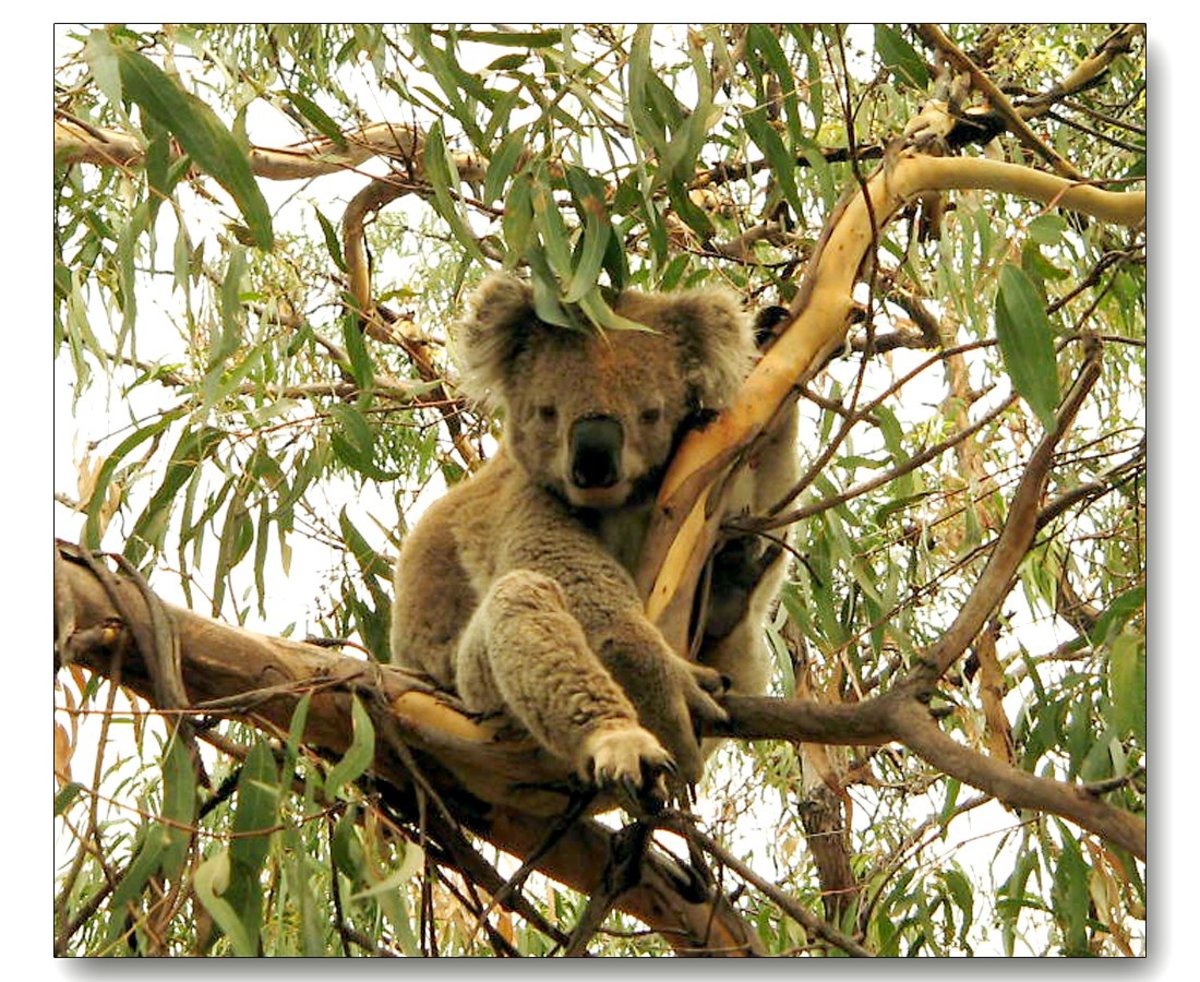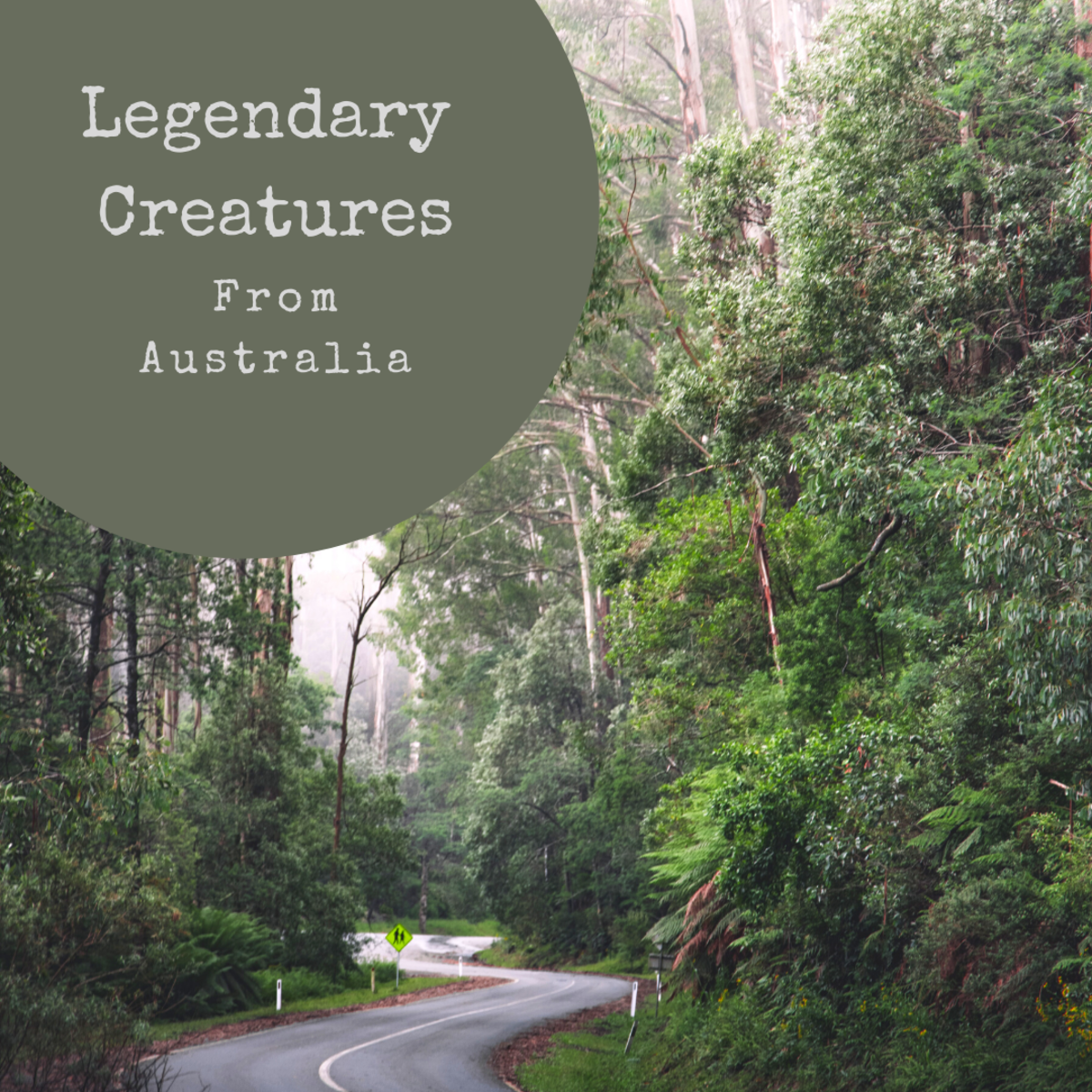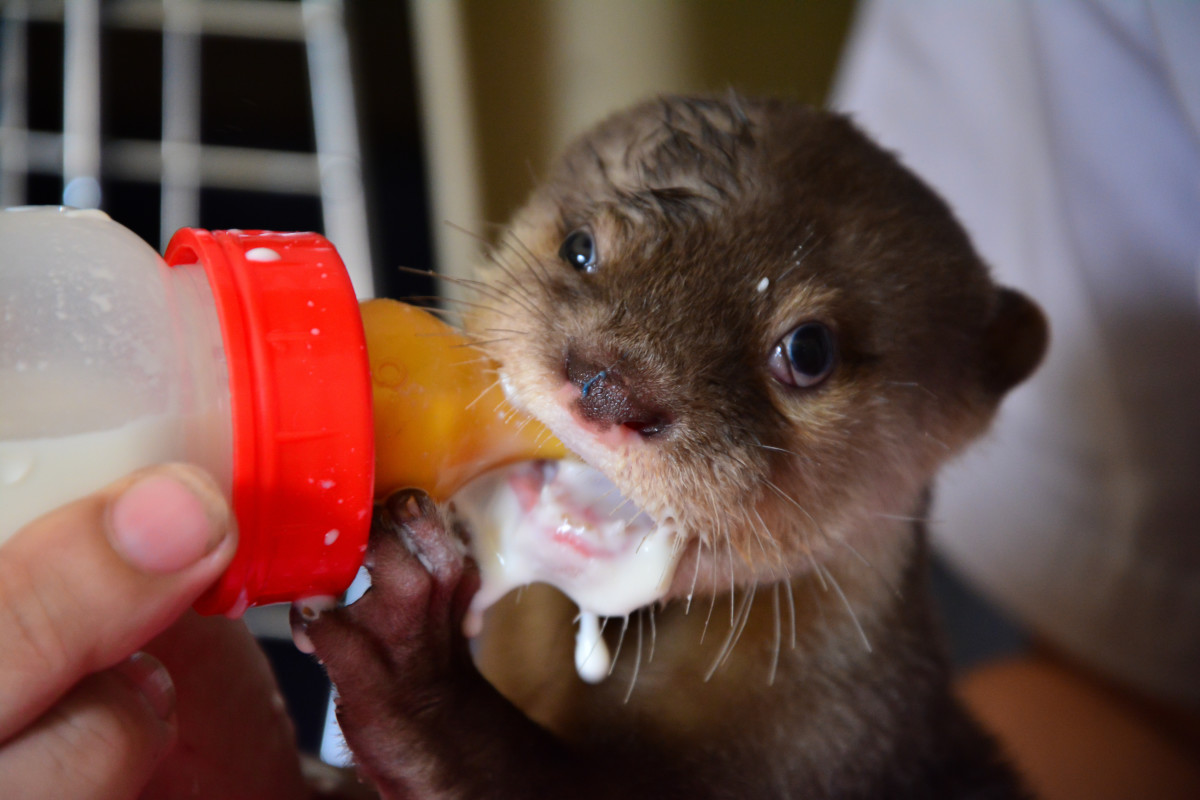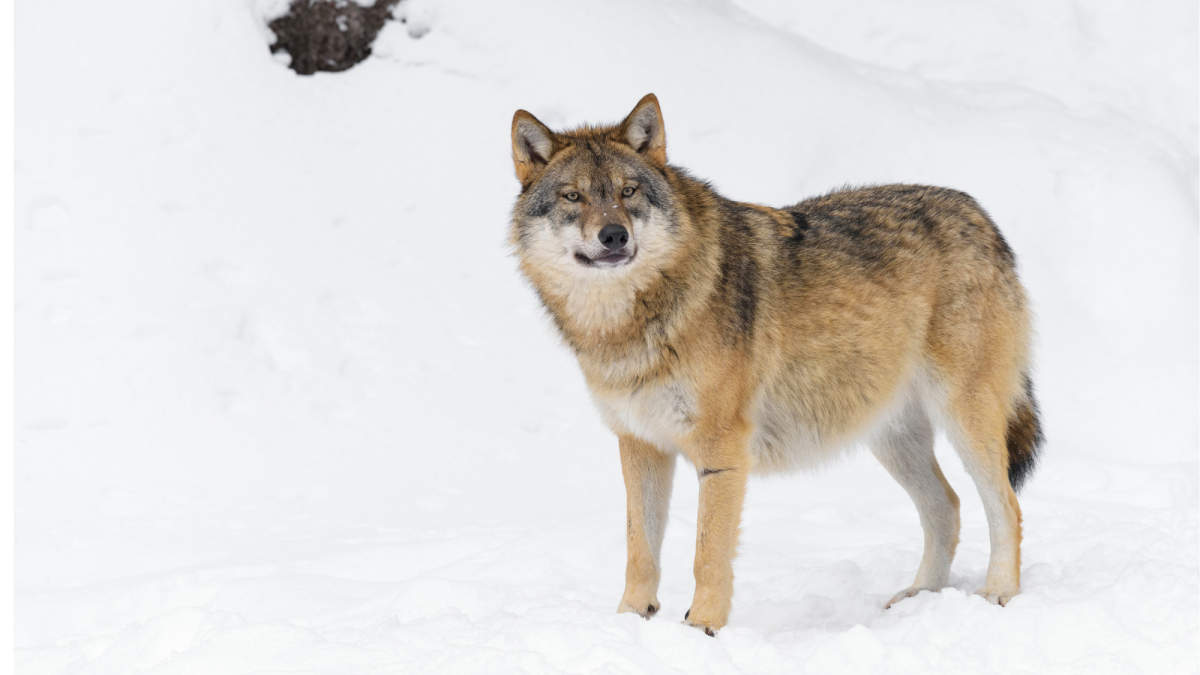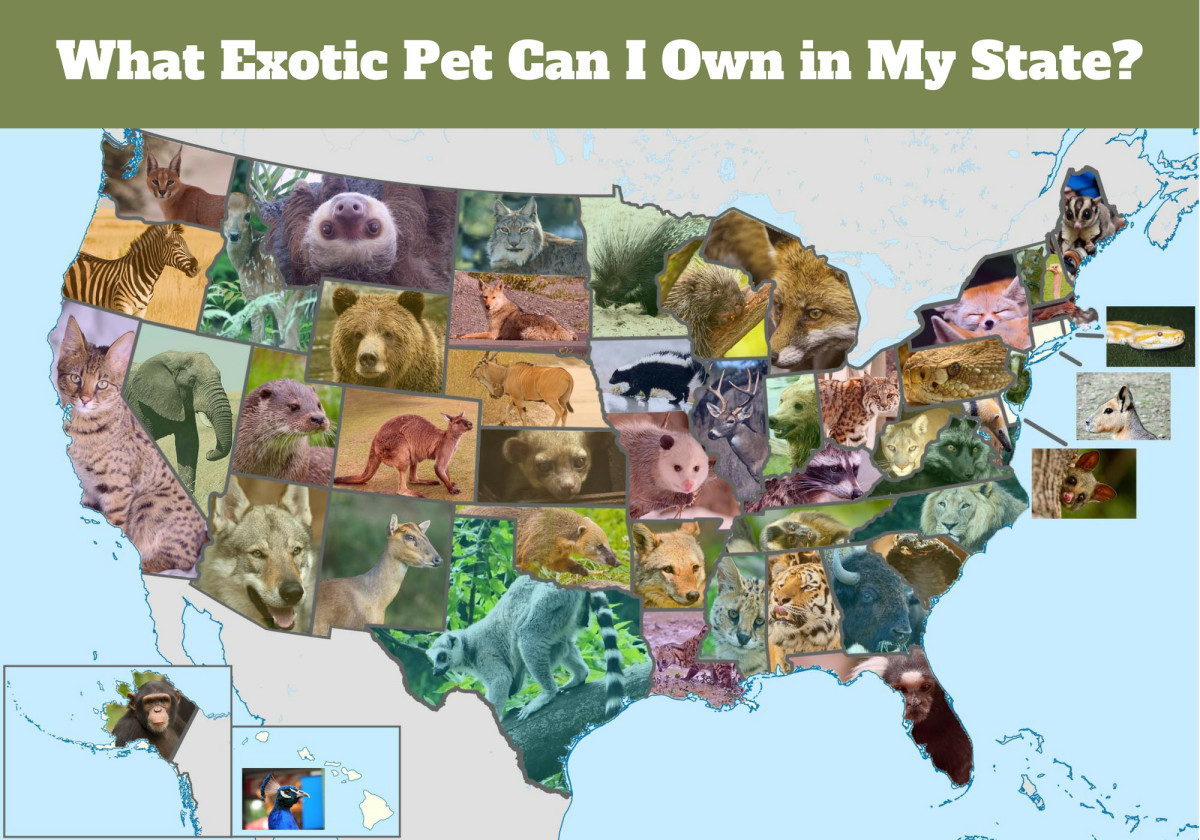Tasmanian Devil, Sarcophilus laniarius
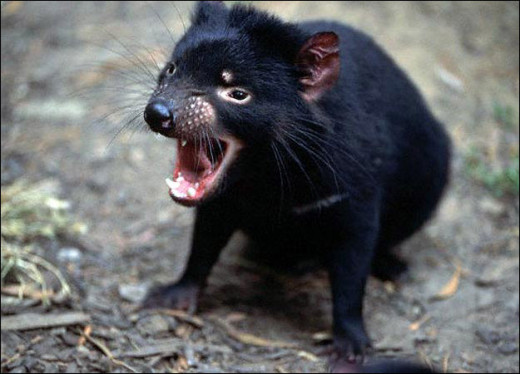
The Devil
The Tasmanian Devil, or Sarcophilus laniarius, is one of the largest carnivorous marsupials on the planet. It's the shape and size of a small dog but extremely stocky and muscular. It's known for its big head and small stubby tail. The Tasmanian Devil, commonly known as the 'Devil', has dark black fur with random white blotches over its body. Also, the devil has whiskers on its face and on the top of its head. The muscular devil generally weighs around 15 pounds (7 kg) and is 2.5 feet long (.625 m).
Being a carnivore, the Tasmanian Devil feeds on other animals. Although the devil has the ability to eat live food it mostly feeds on dead carcasses. When eating dead animals, the devil will devour the entire body, eating the fur, bones, and meat. This has earned them respect from farmers. Because the devils devour the entire dead carcass, they leave no remains to attract livestock harming insects. Eating, for a Tasmanian Devil, is a social event. While eating, the devils will makes certain noises and movements that suggest certain things. Scientist have recorded at least 20 different physical gestures, which they believe are used as communication. Although a Tasmanian Devil is usually an individual hunter, it can sometimes hunt in packs with other devils. Fighting may occur over food or mates and it is not uncommon to see a male scarred from a recent fight.
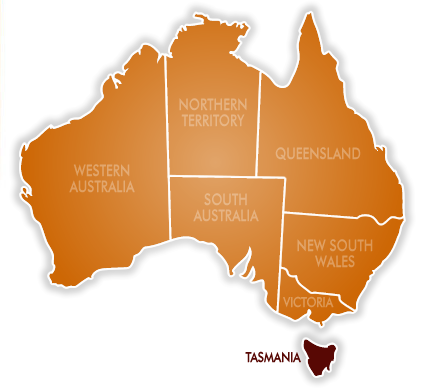
An island, off the coast of Australia, is now the only home of this wild animal. The Tasmanian Devil, named for the island on which is lives, is currently a threatened specie. The Australian Government has currently banned all export of Devils to try and protect the remaining marsupials. Living mostly in forested areas, the Tasmanian Devil sticks to coastal woodlands or dry sclerophyll forests.
Surviving mainly on meat, the devil has adapted to form very strong teeth and jaw muscles, allowing it to tear apart meat and bones. Its stomach has also adapted to digest almost anything as the devil eats a variety of food including: frogs, insects, birds, fish, small mammals, and reptiles. The devil also has the ability to give off a strong odor when it feels that it is in danger, warning enemies, like the skunk, to keep away. It also has one of the scariest screeches in the world, distinctly telling anybody around it to be cautious.
In the wild, a Tasmanian Devil will live up to 6 years. However, if bread in captivity it can live for longer. During the mating season in March, the female Devil gives live birth to 20-30 young, but because the female only has 4 nipples only 4 of the young will survive. The remaining babies are eaten by the mother. It takes 105 days for the babies to grow enough to be able to leave the pouch in which they lived after they were born. Unlike Joey Kangaroos, the Tasmanian Devils do not return to the pouch once they leave. Once outside the pouch the baby Devils, appearing as miniature versions of the adults but only weighing 200 grams, stick to the Tasmanian den. Only around October to December do the baby Devils leave the den. Finally in January, they become fully independent and can live on their own.
The Taxonomy of the Tasmanian Devil has been changed a lot in the past century but has recently been fixed to this: Kingdom: Animalia, Phylum: Chordata, Class: Mammalia, Subclass: Marsupial, Order: Dasyuromorphia, Family: Dasyuridae, Genus: Sarcophilus, Species:laniarius. The other common name for the Tasmanian Devil is Sarcophilus harrisii.
On the Australian mainland Tasmanian Devils became extinct due to indigenous hunters but also because of the predaceous Dingo. The Dingo, a wild dog, was the main predator on the Australian continent and led to the loss of many Devils. On the Dingo-Free island of Tasmania, however, the Devils are usually killed by a very common Facial Tumor Disease [DFTD]. The DFTD disease has steadily decreased the Tasmanian population by 50% at the most and has been the leading cause of the decreasing population for the past few years.
However strong this animal may be, the Tasmanian Devil may not be around much longer. And although it has many adaptations and skills, soon it may no longer be the famous "Devil" it once was.

